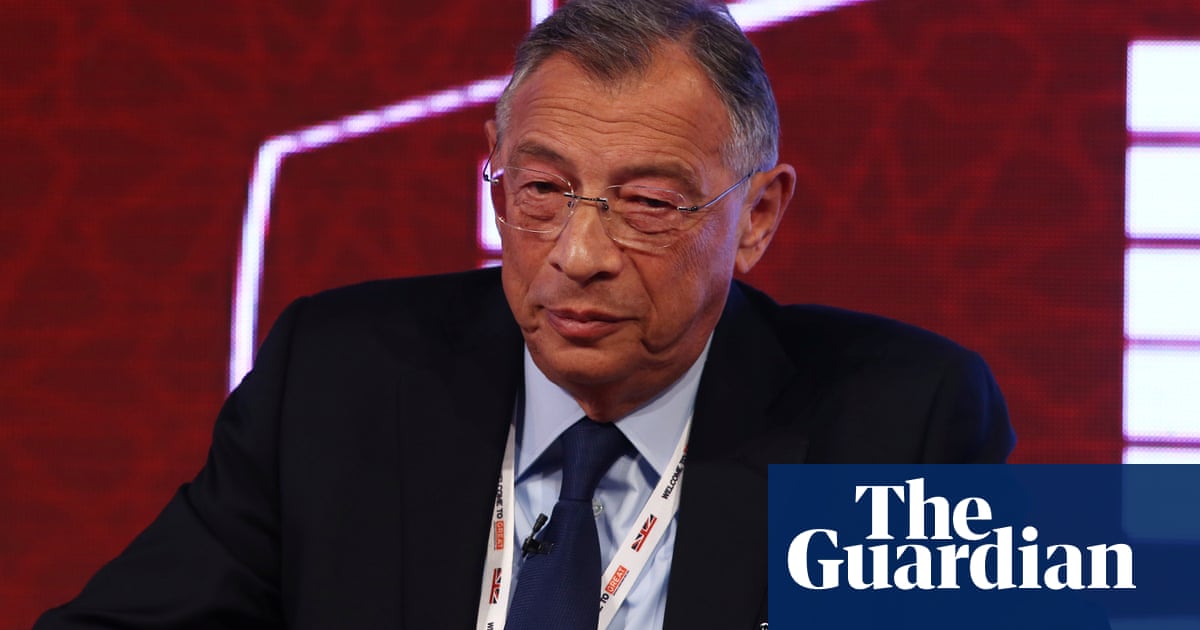One of the key players behind the transformation of London’s Docklands into a powerful financial center is stepping back after almost forty years.
George Iacobescu will retire as chairman of the Canary Wharf Group next month and will be replaced by former L&G chief executive Nigel Wilson.
The move comes as a number of high-profile tenants plan to leave the area, but Iacobescu said it was still “a thriving community in the heart of the old East End”.
He added: “With the continued growth of the technology, healthcare and life sciences sectors, new leisure activities and the greening of the quayside, exciting times lie ahead for the estate.”
Iacobescu was born in Romania in 1945 and, like many Romanians at the time, grew up with very little money under the ruling communist government.
He once said that his mother-in-law had to bring her own light bulb to a medical operation. This was the only light in her house, and it meant her flat was in the dark for a whole day.
He initially wanted to become a doctor, like his father, but was forced to study engineering after his father told him to work in construction because “the world will never stop building.”
He took his father’s words to heart and studied civil engineering in Bucharest. After working as a structural engineer in Romania between 1969 and 1975, he was able to leave the country for Canada after receiving help from a relative in North America.
While in Canada, he got a job with the developer Olympia & York (O&Y) and was heavily involved in the construction of the Olympia Center skyscraper in Chicago and the massive World Financial Center in New York.
His relationship with what would become London’s new financial district began in 1987, when he was sent to London from Toronto by O&Y founder Paul Reichmann to investigate the feasibility of building on the abandoned dockland area.
The site was designated as an enterprise zone by Margaret Thatcher, with her government offering generous tax breaks to investors and promising to extend London’s Underground lines to the site.
While visiting the site, which had been abandoned for years, he got lost for more than two hours, and upon returning to Canada concluded that O&Y “was not allowed to touch the site.” Reichmann ignored him, continued with the project and Iacobescu was appointed construction director.
After four years, his initial doubts turned out to be almost justified. Delays to the promised Jubilee Line and Docklands Light Railway left Canary Wharf without key transport links, hampering investment.
After a property crash in 1992, the banks refused O&Y credit and it had to file for bankruptcy, putting Canary Wharf into administration.
Reichmann convinced investors to back him in buying back Canary Wharf in 1995 for £800 million. In 1997, Iacobescu had become the CEO, a role he would hold until 2021, while also taking on the role of chairman in 2011.
During that time, Canary Wharf has grown into one of the largest urban regeneration projects in Europe, now covering an area of 1,500,000 m2.2) of office and retail space, and the main workplace for 120,000 employees before the Covid pandemic. His services were rewarded with a knighthood in 2012, making him the only Romanian-born British citizen to receive this honour.
However, his tenure was not without challenges.
He was at the helm when Canary Wharf Group went public in 1999 and was also in charge in 2004, when an 11-month bidding war led to Morgan Stanley taking control of investment fund Brascan, which was backed by Reichmann.
He also led Canary Wharf Group when it was bought by Qatar’s Sovereign Wealth fund and Canada’s Brookfield Properties for £2.6 billion in 2015. The deal would make it private again.
His biggest hurdle of late has been the pandemic and the increase in working from home, which has hit the office market. This has led to announcements from the likes of HSBC, which had occupied its own tower since 2002, and Clifford Chance that they would be leaving the area.
